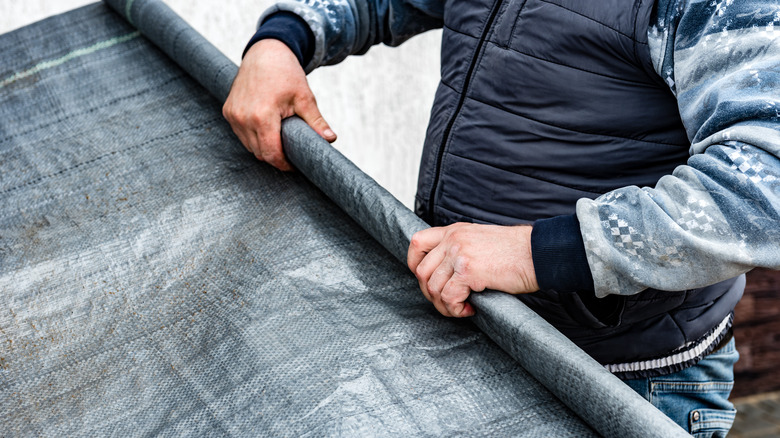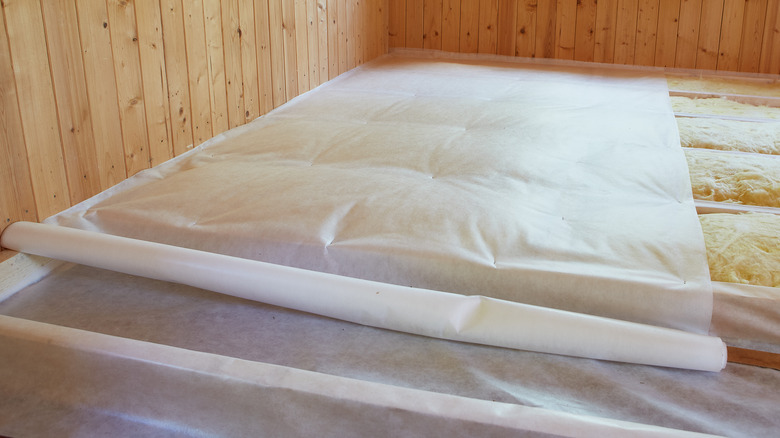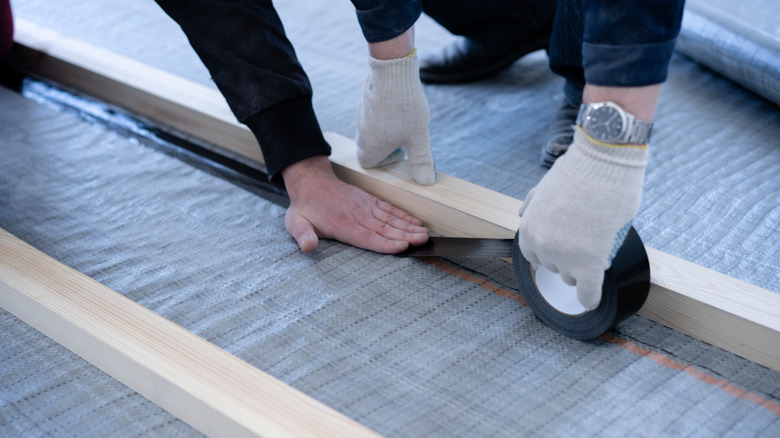Here's When You Should Use A Vapor Barrier During A Flooring Installation
It's no secret that moisture can damage a home. If you don't take steps to prevent it, you may find yourself paying for some costly flooring repairs and renovations. Aside from choosing the best flooring options for your home in the first place, it's also important to consider the potential for moisture as well. If flooring is built above areas that could be prone to moisture, think about installing a vapor barrier, otherwise known as a moisture barrier or vapor retarder, to provide extra protection. This will help to significantly reduce moisture penetration and keep your flooring safe from rotting, warping and damage. A vapor barrier can also prevent mold and help your home maintain its value.
A vapor barrier isn't required for every flooring installation, however, so you'll need to consider various factors and speak with a contractor to verify that installing one is a good choice for your situation. They can help you determine your needs based on your flooring and subfloor type as well as climate conditions in your area. Climates that are cold and humid, for example, can particularly benefit from the addition of a vapor barrier underneath flooring.
When to consider installing a vapor barrier
There are many cases in which you should consider installing a vapor barrier. Generally speaking, it's an essential step if you'll be installing laminate flooring or vinyl plank flooring and it's one of the best ways to prevent moisture from destroying your hardwood floor. If you're installing concrete slabs in a basement or another area of your home, you'll also need to install a vapor barrier to add protection. While not strictly required, you also need to add a vapor retarder to crawl spaces since they're particularly vulnerable to moisture. This will help protect the space and reduce the buildup of moisture and humidity in your home. Otherwise, your home's crawl space could be affecting the interior's humidity as well.
Essentially, any areas where moisture could come up from underneath can benefit from a vapor barrier. Consider adding it in each of these cases to ensure you can protect your home and keep your investment value up. You'll just about always need a vapor barrier if you're installing flooring on top of concrete. A basement will typically always need one as well.
Understanding vapor barrier types and materials
When planning a vapor barrier installation, understand the different types that are available. Thin membrane vapor barriers and vapor barrier coatings are both options to consider. Also, know that vapor barriers are classified based on their level of permeability. Class I is the strongest type of vapor barrier and provides the lowest level of permeability. This includes materials such as glass and sheet metal. Class II vapor barriers are a bit more permeable and include materials such as plywood and 30 pound asphalt coated paper. Class III vapor barriers have a medium amount of permeability but still offer a moderate amount of protection. This class includes materials such as brick, concrete block, gypsum board, and cellulose insulation.
Keep in mind that you shouldn't install a vapor barrier until you consult the manufacturer of your flooring materials. In many cases, installing a vapor barrier will void the manufacturer's warranty of the flooring material. To avoid this, you may need to only use recommended materials for your vapor barrier. Be sure to check the warranty conditions before installing a vapor barrier.


